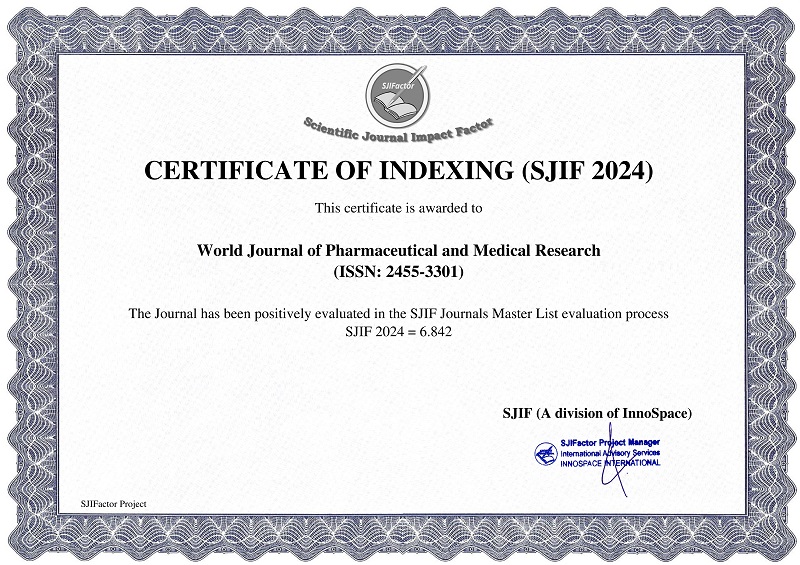ISCHEMIC DIGITAL NECROSIS ON A RIGHT BRACHIOCEPHALIC FISTULA TREATED BY RADIAL ANGIOPLASTY AND AMPUTATION: A CASE REPORT
Imane Halaouate*
ABSTRACT
Introduction: Distal ischemic steal syndrome (DISS) is a rare but serious complication of brachiocephalic arteriovenous fistulas (AVFs) used in chronic hemodialysis. It results from a diversion of blood flow through the AVF at the expense of distal arterial perfusion, potentially leading to digital ischemia and necrosis. Prompt diagnosis and a balanced therapeutic approach are essential to avoid limb-threatening outcomes while preserving vascular access. Case report: We present the case of a 70-year-old male undergoing chronic hemodialysis, who developed ischemic necrosis of the right fourth finger in the context of a functioning right brachiocephalic AVF. Clinical evaluation and Doppler ultrasound revealed absent radial and ulnar pulses and reversed radial artery flow due to long-segment radial artery stenosis. Given that the AVF was the patient’s last viable access site, a conservative strategy was adopted. Endovascular percutaneous angioplasty of the radial artery successfully restored antegrade flow, and surgical amputation of the necrotic finger was performed in the same operative session. Postoperative follow-up showed favorable healing and preserved AVF function without recurrence of ischemic symptoms. Discussion: This case illustrates the importance of individualized, vessel-sparing strategies in managing DISS, particularly in patients with limited vascular access options. Percutaneous angioplasty of forearm arteries represents a safe, effective, and minimally invasive alternative to traditional revascularization procedures in selected cases. Timely intervention can prevent further ischemic damage and avoid the need for major amputation or fistula sacrifice. Conclusion: Early recognition and targeted treatment of AVF-related ischemic complications are crucial to prevent irreversible damage. In patients with limited vascular access, percutaneous revascularization combined with limited surgical intervention may achieve symptom resolution while preserving hemodialysis viability.
[Full Text Article] [Download Certificate]



